- Home
- About WVN
-
WVN Issues
- Vol. 1 No. 1 (Oct. 2017) >
- Vol. 2 No. 1 (Feb. 2018) >
- Vol. 2 No. 2 (Jun. 2018) >
- Vol. 2 No. 3 (Oct. 2018) >
- Vol. 3 No. 1 (Feb. 2019) >
- Vol. 3 No. 2 (Jun. 2019) >
- Vol. 3 No. 3 (Oct. 2019) >
- Vol. 4 No. 1 (Feb. 2020) >
- Vol. 4 No. 2 (Jun. 2020) >
- Vol. 4 No. 3 (Oct. 2020) >
- Vol. 5 No. 1 (Feb. 2021) >
- Vol. 5 No. 2 (Jun. 2021) >
- Vol. 5 No. 3 (Oct. 2021) >
- Vol. 6 No. 1 (Feb. 2022) >
- Vol. 6 No. 2 (Jun. 2022) >
- Vol. 6 No. 3 (Oct. 2022) >
- Vol. 7 No. 1 (Feb. 2023) >
- Vol. 7 No. 2 (Jun. 2023) >
- Vol. 7 No. 3 (Oct. 2023) >
- Vol. 8 No. 1 (Feb. 2024) >
-
Events
- CIES 2023, Feb. 14-22, Washington D.C., USA
- ICES 4th National Conference, Tel Aviv University, Israel, 20 June 2021
- 2022 Virtual Conference of CESHK, 18-19 March 2022
- ISCEST Nigeria 7th Annual International Conference, 30 Nov.-3 Dec. 2020
- 3rd WCCES Symposium (Virtually through Zoom) 25-27 Nov. 2020
- CESA 12th Biennial Conference, Kathmandu, Nepal, 26-28 Sept. 2020
- CESI 10th International Conference, New Delhi, India, 9-11 Dec. 2019
- SOMEC Forum, Mexico City, 13 Nov. 2018
- WCCES Symposium, Geneva, 14-15 Jan. 2019
- 54th EC Meeting, Geneva, Switzerland, 14 Jan. 2019
- XVII World Congress of Comparative Education Societies, Cancún, Mexico, 20-24 May 2019
- ISCEST Nigeria 5th Annual Conference, 3-6 Dec. 2018
- CESI 9th International Conference, Vadodara, India, 14-16 Dec. 2018
- ICES 3rd National Conference, Ben-Gurion University, Israel, 17 Jan. 2019
- WCCES Retreat & EC Meeting, Johannesburg, 20-21 June 2018
- WCCES Symposium, Johannesburg, 21-22 June 2018
- 5th IOCES International Conference, 21-22 June 2018
- International Research Symposium, Sonepat, India, 11-12 Dec. 2017
- WCCES Info Session & Launch of Online Course on Practicing Nonviolence at CIES, 29 March 2018
- WCCES Leadership Meeting at CIES, 28 March 2018
- 52nd EC Meeting of WCCES, France, 10-11 Oct. 2017
- UIA Round Table Asia Pacific, Chiang Mai, Thailand, 21-22 Sept. 2017
- Online Courses
Use of the Virtual Laboratory on the Physics Learning Process: Undergraduate Students’ Experiences2/8/2022 Abstract In order to avoid spreading the Coronavirus pandemic and to ensure the continuity of the educational process, worldwide universities adopted an online learning mode for Higher Education (HE). In general, internet-based learning is considered as an option, an alternative to traditional learning. This paradigm shift generated changes in physics learning and teaching, both students and teachers started exploring different online tools and new technology. For this study students were given virtual hands-on experience in physics using the Amrita virtual lab, IIT KGP virtual lab and PhET as a tool for conducting various online experiments. Online learning platforms such as Google Classroom and Edmodo were used for its implementation. This study is focused on understanding students' perception towards virtual labs and also explored the student’s preferences for various attributes of online classes through an online survey of 59 students. Using content analysis the results of this study revealed that students are able to use Virtual labs efficiently. The virtual labs have a fun application and it clearly explains the various concepts of physics. It helps them to increase their laboratory knowledge and helps them to demonstrate and understand the various concepts in physics, easy-to-comprehend visualizations and gain a deeper knowledge. It supports inquiry-based approach, experiential learning, interactive approach, and multisensory learning. Regarding various attributes of online class, students find PPT as a better option for learning, most of the student use their Smartphone, Zoom is preferred by most of the students as an online learning platform, along with this students found some challenges of using virtual labs as it might affect their research skill and specific skills related to the functioning of equipment. Limitations of using online education are lack of internet availability and devices, interruption of family and friends. Most of the students found classroom learning is a better option. Keywords: Online Tools; Physics; Higher Education; virtual lab; PhET; Amrita virtual lab; IIT KGP I. Introduction Physics is one of the most fundamental natural sciences which involve the study of universal law and the behaviors and relationship among a wide range of physical concepts and phenomenon (Young and Freedman, 2014). It is the science of experimental evidence, criticism, and rational discussion where knowledge and understanding of its concepts depends on the perception of the physical phenomena (Halloun & Hestenes, 1985). Learning science has been restrained by the deficiency or inadequacy of laboratory equipment in schools. From this standpoint, there is a need for a new unconventional alternative laboratory environment where students can conduct the different required experiments at any time and in safe conditions. One of the solutions that may help in overcoming these obstacles can be the use of virtual laboratories (Onyesolu, 2009). According to Halloun (1996) resorting to progressively sophisticated software endorses a constructivist approach to learning. Pedagogical principles of inquiry-based learning, exploration, and genuine activities in science support the use of technology in an attempt to provide basic instruction mainly due to the increasing importance of enhancing students’ motivation and engagement in science instruction. For physics learning, labs plays very active and significant role as it is essential to develop science process skills because students are continuously required to identify the hidden concepts, define and explain underlying laws and theories using high level reasoning skills. In present given scenario of ICT, virtual lab through computer simulation based method of teaching physics is emerging as one of the most powerful method of experimentation in lab. Virtual laboratories offer students the opportunity to achieve the learning objectives, while overcoming the aforementioned constraints (Faour & Ayoubi, 2018). Virtual laboratories have therefore arisen in schools and universities as being powerful efficient tools that may offer wide-range alternatives as learning environments that attract students’ interests and may be a great incentive to them (Onyesolu, 2009). Covid-19 placed serious challenges for Higher Education (HE) particularly for those courses having laboratory work. These unexpected and unprepared online content deliveries will have positive and/or negative effects on students’ performances in future. Though the pandemic confronted us with various challenges it created an opportunity to transform education in an innovative way using technology. Content heavy courses can be delivered synchronously or asynchronously during online education and the content which relies on hands-on courses can be delivered using virtual labs. Dewi et al. (2020) observed low levels of participation and mastery of students' physics concepts due to abstract concepts in experimental activities. Various studies found students understand abstract concepts using virtual labs. In this paper researchers had tried to provide examples of new ideas of using virtual labs in Physics experiments in HE which could be utilized during and beyond the pandemic. Virtual labs can be considered as an engaging tool for online experiential learning during online education. Laboratory learning is being extended beyond the walls of the classroom (Amrita Vishwa Vidyapeetham Virtual Lab). According to Brazier (2021) an experiential methodologies should be plugged into blended and online teaching in order to preserve engagement and foster holistic skills. The Covid-19 Pandemic surely paved the way for online instructions in future for which educational communities were reluctant to adapt. In this study, researchers focused on understanding the effectiveness of online virtual labs in Physics and also explored the student’s preferences for using various attributes of online classes. II. Literature Review Covid-19 created a situation which was never expected. Challenges brought about by the pandemic included those related to communication, student assessment, use of technology tools, online experience, pandemic-related anxiety or stress, time management, and technophobia (Rajab, 2020). Social distancing hampered the traditional teaching and it was shifted to e-learning. According to Routh et al. (2021) one of the most immediate changes introduced at the beginning of the pandemic was the cancellation of all face-to-face teaching and its replacement with online content. In online learning as physical laboratory work is not feasible, the practical knowledge of students gets affected. Students deprived with hands-on activities which always remained a concern as how to combine theory and practical knowledge in higher education (Idzikowski et al., 2014). Fortunately, the increasing availability of educational technologies provides physics educators with an opportunity to provide experiential learning using virtual labs during online teaching. One of the advantages of using virtual laboratories described by Gunawan et al. (2020) is enhancement of verbal, figural, numerical, and procedural creativity. In this study, researchers focus on understanding HE undergraduate Student’s perception for virtual labs in physics and preference towards online learning through an online survey of 59 students. The subsequent section will present the theoretical background behind virtual labs and technical specifications of Amrita lab, Virtual lab by IIT KGP and PhET, and also discuss how this virtual lab offers an alternative to experiential learning in online education. Virtual Labs Virtual labs have a resource-rich learning environment and are based on the concept of remote experimentation. They provide remote access to Laboratories from any place and at any time. It helps to arouse curiosity. The student can conduct the experiments; learn the concepts at their own pace. It can be a boon for those who do not have access to lab facilities. a. Virtual Labs at Amrita Vishwa Vidyapeetham: Virtual Labs project is an initiative of Ministry of Human Resource Development (MHRD), Government of India under the aegis of National Mission on Education through Information and Communication Technology (NMEICT). It is a paradigm shift in ICT-based education. It provides additional web-resources, video-lectures, animated demonstrations and self-evaluation. Amrita University seeks to transform the landscape of Science and Engineering education using virtual labs- a revolutionary technology-enhanced educational tool, where users can perform physical laboratory experiments in a computer simulated environment (Virtual Lab: Amrita Vishwa Vidyapeetham). It is accessible to everyone, anywhere, at any time, where a student can understand the concept by exploring and experimenting using technology. It helps to motivate the students by arousing their curiosity for exploring further. Students can conduct the experiment a number of times and a number of ways. It provides guided videos of experimental procedures using interactive animations which arouse interest, curiosity and gives the opportunity for collaboration. Self-evaluation quizzes help the student to assess them. b. Virtual labs by IIT KGP: Virtual labs at IIT Kharagpur having a very strong base in Theory of Engineering Systems have developed a large amount of lecture material which is disseminated through the National Programme on Technology Enhanced Learning (NPTEL) in the form of Video or Web based content for each theory course in Engineering Sciences (Virtual Lab: Indian Institute of Technology Kharagpur). c. PhET: PhET is a free interactive math and science simulation and it is based on extensive education research and engages students through an intuitive, game-like environment where students learn through exploration and discovery (Virtual Lab: PhET). III. Implementation process The implementation programme was carried out for one academic year 2020-2021. 59 students participated in the study. In all 30 experiments were conducted. Three educational websites were used for conducting the various experiments viz; Amrita virtual lab, IIT KGP and PhET. Researchers conducted an introductory session for giving the instructions about various objectives of implementing them. And explained in detail how to perform and what is expected from them. All students were requested to register in the Amrita virtual lab. Mentors explained the working of Amrita lab as students have to first click on Theory tab in which details about the experiment will be given next they have to follow the Procedure tab where they will explore and understand how to perform the experiment, Animation tab will give them guided videos, and using the Simulator tab they have to perform the experiment and have to take the readings and analyse them. At the end they have to share it on Google-classroom in pdf form and also during a synchronous session on Zoom. From the next session onwards one of the researchers who were a mentor used PhET-(Physics Education Technology) for explaining the concept of each experiment. Mentor used Edmodo for sharing the content, distributing quizzes, assignments, and for interacting with students. Students conducted the experiments as per the guidance and shared their findings. Mentor discussed the results and solved the doubts synchronously by sharing the students’ screen on the Zoom platform. As suggested by Brazier (2021) that students must be encouraged to relax and have fun with their learning, sharing screens, doodling their thoughts, and participating. For all the 30 experiments the same steps were followed. Research question The current study synthesizes the descriptive research regarding online education and the perspective of students for the use of virtual labs in Physics. Following two research questions are addressed based on the responses collected from descriptive survey: RQ. 1 What are the perceptions of students in using virtual labs for conducting experiments in physics? RQ. 2 What are the preferences of using various attributes of online classes of students during COVID-19 lockdown? IV. Methodology A descriptive survey method was used to analyze 1) the perceptions in using virtual labs for conducting hands-on experiments in physics and 2) the preferences of using various attributes of online classes. As described by Mathiyazhagan & Nandan (2010) survey research method is a descriptive research method used for the collection of data from the representative sample of the target population. Questionnaire Design A Google form was designed to collect the data from undergraduate HE students. The form clearly ensured the purpose of data collection by keeping the participants anonymity. The questionnaire for this study consisted of 11 questions (7 closed-ended and 4 open-ended). Among 7 closed ended questions 3 are multiple choice questions about the perceptions in using virtual labs for conducting hands-on experiments in physics (efficiency, laboratory knowledge and effectiveness of PhET) and 4 questions were about the preferences of using various attributes of online classes (Preference for using online education, use of electronic device, online learning tools, online platform ) and four open ended question assessing advantages and disadvantages of using virtual labs and online teaching mode. Sample and Data collection Purposeful sampling is widely used in qualitative research for the identification and selection of information-rich cases related to the phenomenon of interest (Palinkas, et al., 2015). For this study, 59 undergraduate HE students from Bachelor of Science education were taken from university, Maharashtra, India as a purposive sample. Data collection was done using a spreadsheet linked to the online Google form questionnaire. V. Data analysis Descriptive statistics were presented as counts and percentages to summarize the collected data as suggested by Mahdy (2020). To analyze the multiple choice questions regarding the perceptions in using virtual labs for conducting hands-on experiments in physics and the preferences of using various attributes of online classes, descriptive statistics was used. To analyse the data collected from the open ended question, submitted assignments, performed experiments, and the shared data Manual thematic analysis was done. Question wise documents were prepared and a query was run to explore the word frequency for open ended questions and assignments. Open coding from the acquired data was done at an initial stage and themes and sub-themes were formed. The analysis is based on Bhamani (2020) suggestions which affirm that the codes, themes and sub-themes verified by all researchers confirm coherence in interpretation. VI. Findings and Results A total of 59 students responded to the survey on experiment micrometer screw gauge. In this experiment students are supposed to find (a) the diameter of lead shot and wire and (b) thickness of glass plate and irregular lamina. On the basis of these values they will be able to find the volume and area of the respective object with the help of a suitable formula. Findings from the analysis and data gathered from this study are presented below. Image 1: calculations and result of (a) diameter and volume of lead shot and wire, (b) thickness and volume of irregular lamina Image 2: Calculation and result of area and volume of irregular lamina Image 3: Observation table to find (a) diameter of lead shot and wire (b) thickness of glass plate and irregular lamina Image 4: Procedure(right page), observations (right page) and observation table (left page) Image 5: Observations of finding least count micrometer screw gauge Analysis of Google forms questions: a. The perceptions of Students in using virtual labs for conducting hands-on experiments in physics. i. Efficiency of Virtual Labs Most of the students find Virtual Labs as an effective tool for learning physics experiments (83.9%). ii. Effectiveness of PhET Most of the students find PhET as an effective tool for learning physics experiments (85.5%). iii. Effects of virtual labs on laboratory knowledge Most of the students found virtual labs enhanced their laboratory knowledge (82.5%). b. The preferences of using various attributes of online classes i. Preference for using online education Most of the students find classroom learning (58.6%) is better as compared to online learning (41.4%). ii. Use of electronic devices while studying online during lockdown. Data showed that most students used a Smartphone (84.48.0%) followed by laptop (15.52%). iii. Opinion about the use of online tools. 44.8% of students find PPT to be the most effective online tool for teaching learning process, 25.9% of students find white boards, and 22.4% find animations while 6.9% find digital pens. iv. Online learning platform students used during lockdown Different online platforms had been used to access the online classes. The distribution of these online tools was as follows; Zoom had the highest preference (81.4%) followed by Google Meet (16.9%) and Google classroom was used by very few (1.7%) while Microsoft teams was not used. Analysis of open ended questions
For the analysis of the open ended questions the Manual thematic analysis was done for each open ended question. After the open coding of each open ended question themes and subthemes were formed. In the next section the outcomes of the four open ended questions are discussed based on their themes and subthemes. 1. Advantages of using virtual labs in Physics
2. Disadvantages of using virtual labs
3. Advantages of online learning
4. Disadvantages of online learning Answers of the students were analyzed on the basis of the sub theme disadvantages of online learning Among 59 students those who were shifted to their hometowns reported issues regarding Internet availability (23), Weak Internet speed (35), Electricity issues (25), Limited internet data and data speed (37) were the major constraints. 5 students reported an adverse effect on conceptual knowledge during online learning as compared to physical classroom. VII. Discussion According to Christian et al. (2021) the COVID-19 pandemic made resounding impact worldwide, forcing brick-and-mortar higher education institutions to move online. Engaging students during online learning is a challenge for the teacher who is novice in using technology. Moreover theory can be taught but the challenge is of giving hands on experience to the students. According to Brazier, R. (2021) experiential methodologies should be plugged into blended and online teaching in order to preserve engagement and foster holistic skills development. Considering these researchers used Amrita virtual lab, IIT KGP virtual lab and PhET for giving virtual experiential learning. The findings of the survey indicate that most of the students find Virtual Labs as an effective tool for learning physics experiments (83.9%). While 16.1% disagree. Most of the students find PhET as an effective tool for learning physics experiments (85.5%) but the rest of the students do not find it effective. Most of the students found virtual labs enhanced their laboratory knowledge (82.5%). Both the virtual labs have a user-friendly interface, which can be used easily without the assistance of a teacher. According to Dewi et al. (2020) problems arise when the teacher teaches the material with abstract physics concepts and it is difficult to visualize for real. But study shows Virtual labs helps in deeper understanding of abstract concepts, engages students in innovative ways of learning, makes learning enjoyable, improves student-student, teacher-student, and student-content interaction, it supports interactive learning. Experiments can be virtually conducted, analysis, visualization of data is possible, and results can be formulated and shared online. It makes Physics Education less Challenging, more applicable, more connected to the real world and more authentic. Virtual labs motivated and created interest in students. Students get their doubts solved by asking questions. It supports Inquiry-based approach in which students are motivated to ask their own questions when dealing with problems (Hermansyah et al. 2019). Challenges of using virtual lab: Students’ engagement and the challenges which were shared by students were, as real lab experiences are not possible they have concern that their research skill might get hampered and they will not get real time experience of handling various equipments. For the second research question regarding various attributes of online class it was found that most of the students find classroom learning (58.6%) is better as compared to online learning (41.4%). Data showed that most students used a Smartphone (84.48.0%), followed by laptop (15.52%). Most of the students found classroom learning (58.6%) is better as compared to online learning (41.4%). 44.8% of students find PPT to be the most effective way of teaching as PPT always remains on their mobile screen which helps them to connect easily with the content, 25.9% of students find white boards, 22.4% find animations while 6.9% find digital pens an effective way of teaching. Different online platforms had been used to access the online classes. The distribution of these online tools was as follows; Zoom had the highest preference (81.4%), followed by Google Meet (16.9%) and Google classroom was used by very few (1.7%) while Microsoft teams was not used by any student (Mahady, 2020 Online education offers the opportunity to the student to study at convenient time (Muthuprasad et al. 2021), space and at their own pace. It is cost efficient. Due to online learning students incurred no educational loss during Covid-19 lockdown. Online learning saves time as students have to attend the classes from their place. It provides the opportunity for self-study (Mahdy, 2020). During online learning, lectures are audible and PPT allows students to connect easily with the theory. It promotes enquiry based approach, interactive approach, and supports multisensory learning. As some students have to shift their hometown to rural areas due to the pandemic they face the challenge of internet availability, some students reported internet connectivity, limited internet data and data speed (Muthuprasad et al., 2021) were the major constraints and power cuts are mainly the problem of the students residing in rural areas. The mentor observed a difference in the conceptual knowledge of students during online learning as compared to physical classroom. The overall experience of this study can be summarized by a student who said: “Throughout our years of education, we never had such experience of engaged learning which motivated, diverted our interest towards practicals, it is a fun based learning. Though we do not have actual experience of handling the apparatus, there is an immense scope of understanding and developing skills which can be implemented in real life situations.” VIII. Conclusion These results led to the conclusion that: Virtual laboratory or interactive demonstrations using real lab teaching method enhances the conceptual understanding of graduate students. The use of virtual laboratories has a better effect than the interactive demonstrations using real lab equipment regarding the conceptual understanding of the various undergraduate physics concepts. As many researchers highlighted the point related to school and graduate students’ practical laboratory skills that may be negatively affected by using virtual laboratory. It is necessary to guide research that investigates how the use of virtual laboratory may affect these skills. In this study, our focus was on understanding the impact of virtual labs on students in learning physics practicals and experimentations. We used the Amrita virtual lab, IIT KGP and PhET virtual labs to conduct online experiments. The study found that online physics virtual labs make learning fun, interactive, attentive and engaging. Make deeper understanding of concepts in Physics. Helps students to visualize and understand abstract concepts and improves inquiry abilities. In future online learning in HE should not be considered as a substitute for face-to-face rather than an effective mode of content delivery. References
0 Comments
Leave a Reply. |
AuthorsDr. Radhika G. Deshmukh and
Narendra D. Deshmukh Senior Scientific Officer-E Homi Bhabha Centre for Science Education Tata Institute for Fundamental Research (TIFR) Mumbai India ArchivesCategories Amaravati City Image Attribution: Poreleeds at English Wikipedia, CC BY-SA 4.0 <https://creativecommons.org/licenses/by-sa/4.0>, via Wikimedia Commons |
- Home
- About WVN
-
WVN Issues
- Vol. 1 No. 1 (Oct. 2017) >
- Vol. 2 No. 1 (Feb. 2018) >
- Vol. 2 No. 2 (Jun. 2018) >
- Vol. 2 No. 3 (Oct. 2018) >
- Vol. 3 No. 1 (Feb. 2019) >
- Vol. 3 No. 2 (Jun. 2019) >
- Vol. 3 No. 3 (Oct. 2019) >
- Vol. 4 No. 1 (Feb. 2020) >
- Vol. 4 No. 2 (Jun. 2020) >
- Vol. 4 No. 3 (Oct. 2020) >
- Vol. 5 No. 1 (Feb. 2021) >
- Vol. 5 No. 2 (Jun. 2021) >
- Vol. 5 No. 3 (Oct. 2021) >
- Vol. 6 No. 1 (Feb. 2022) >
- Vol. 6 No. 2 (Jun. 2022) >
- Vol. 6 No. 3 (Oct. 2022) >
- Vol. 7 No. 1 (Feb. 2023) >
- Vol. 7 No. 2 (Jun. 2023) >
- Vol. 7 No. 3 (Oct. 2023) >
- Vol. 8 No. 1 (Feb. 2024) >
-
Events
- CIES 2023, Feb. 14-22, Washington D.C., USA
- ICES 4th National Conference, Tel Aviv University, Israel, 20 June 2021
- 2022 Virtual Conference of CESHK, 18-19 March 2022
- ISCEST Nigeria 7th Annual International Conference, 30 Nov.-3 Dec. 2020
- 3rd WCCES Symposium (Virtually through Zoom) 25-27 Nov. 2020
- CESA 12th Biennial Conference, Kathmandu, Nepal, 26-28 Sept. 2020
- CESI 10th International Conference, New Delhi, India, 9-11 Dec. 2019
- SOMEC Forum, Mexico City, 13 Nov. 2018
- WCCES Symposium, Geneva, 14-15 Jan. 2019
- 54th EC Meeting, Geneva, Switzerland, 14 Jan. 2019
- XVII World Congress of Comparative Education Societies, Cancún, Mexico, 20-24 May 2019
- ISCEST Nigeria 5th Annual Conference, 3-6 Dec. 2018
- CESI 9th International Conference, Vadodara, India, 14-16 Dec. 2018
- ICES 3rd National Conference, Ben-Gurion University, Israel, 17 Jan. 2019
- WCCES Retreat & EC Meeting, Johannesburg, 20-21 June 2018
- WCCES Symposium, Johannesburg, 21-22 June 2018
- 5th IOCES International Conference, 21-22 June 2018
- International Research Symposium, Sonepat, India, 11-12 Dec. 2017
- WCCES Info Session & Launch of Online Course on Practicing Nonviolence at CIES, 29 March 2018
- WCCES Leadership Meeting at CIES, 28 March 2018
- 52nd EC Meeting of WCCES, France, 10-11 Oct. 2017
- UIA Round Table Asia Pacific, Chiang Mai, Thailand, 21-22 Sept. 2017
- Online Courses

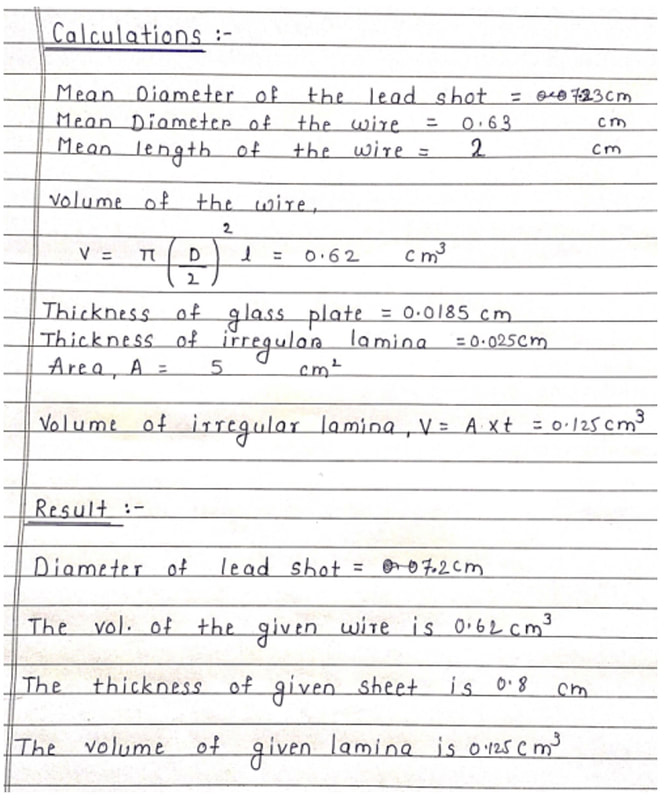
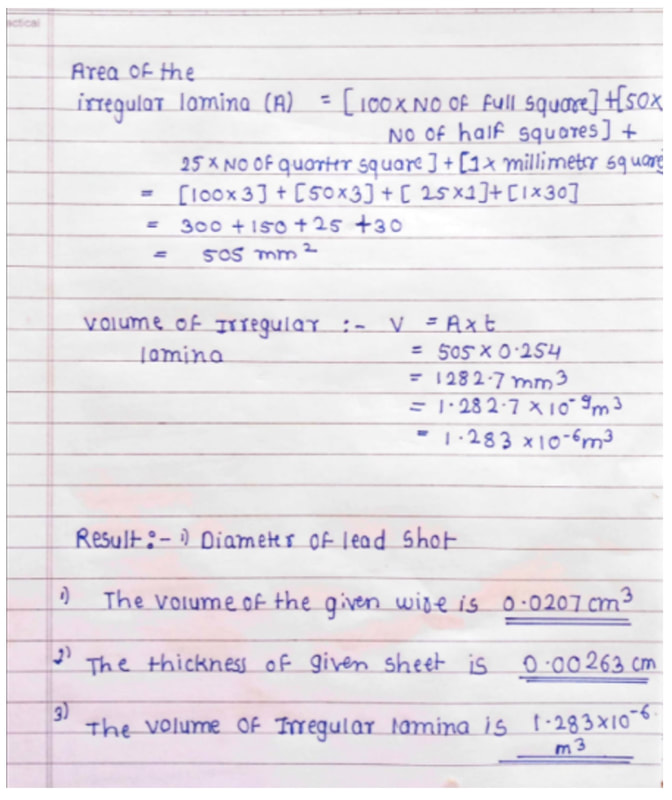
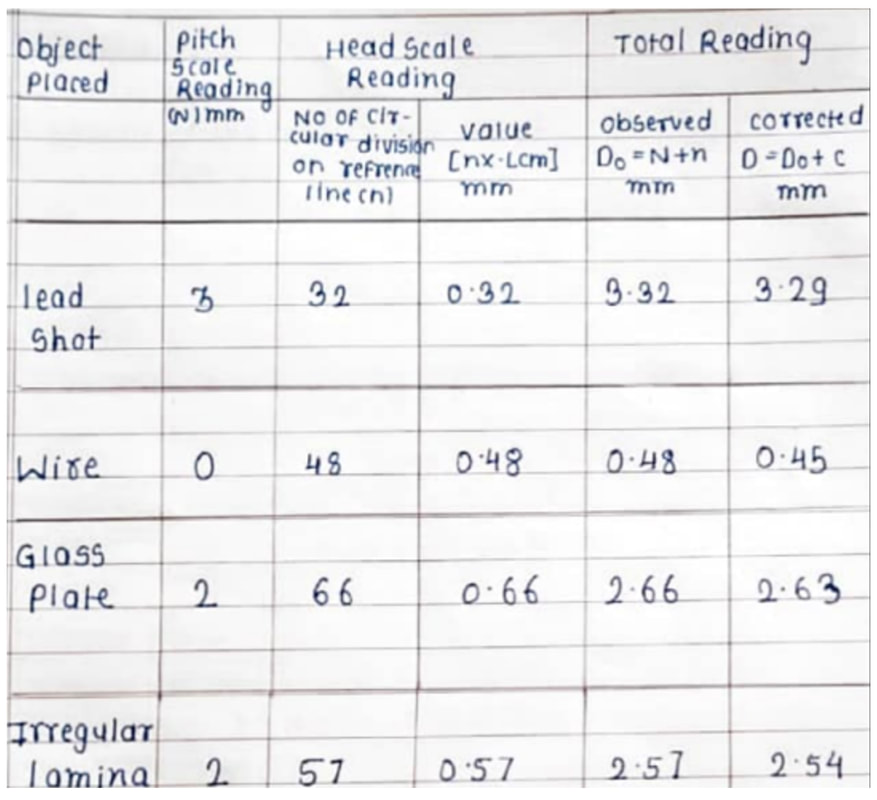
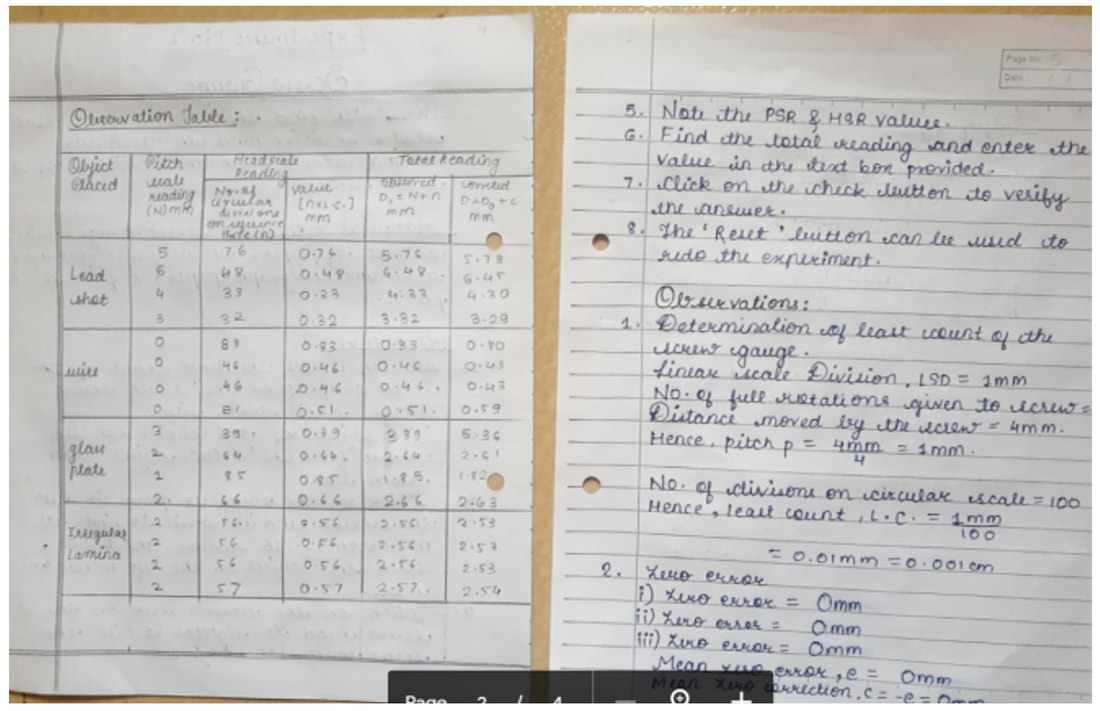
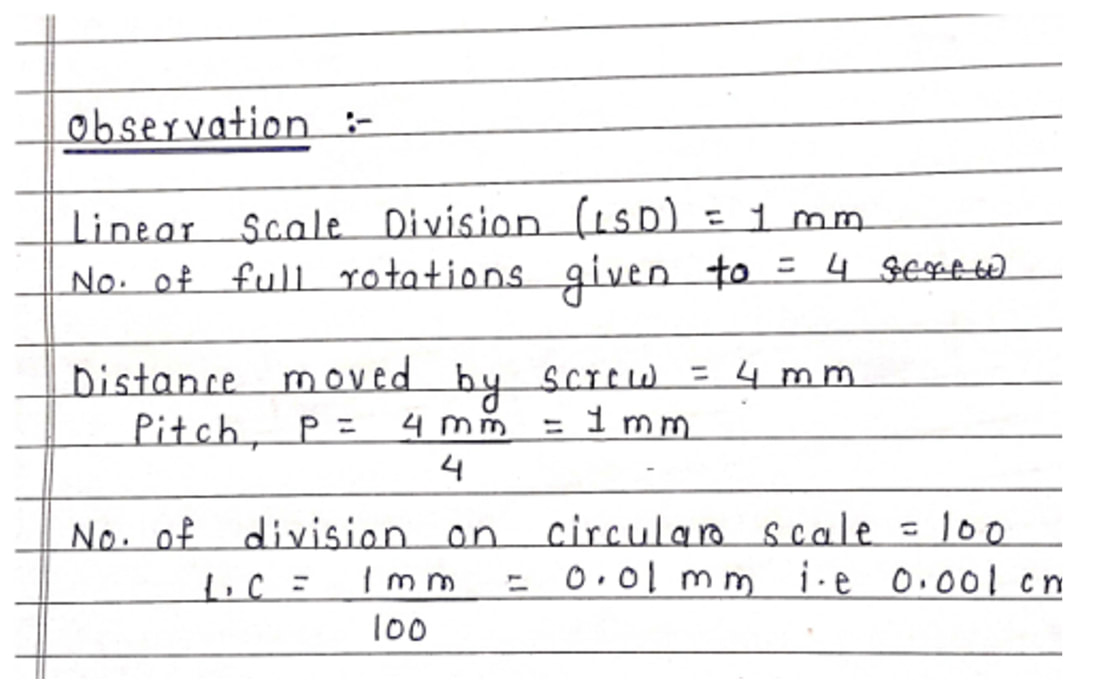
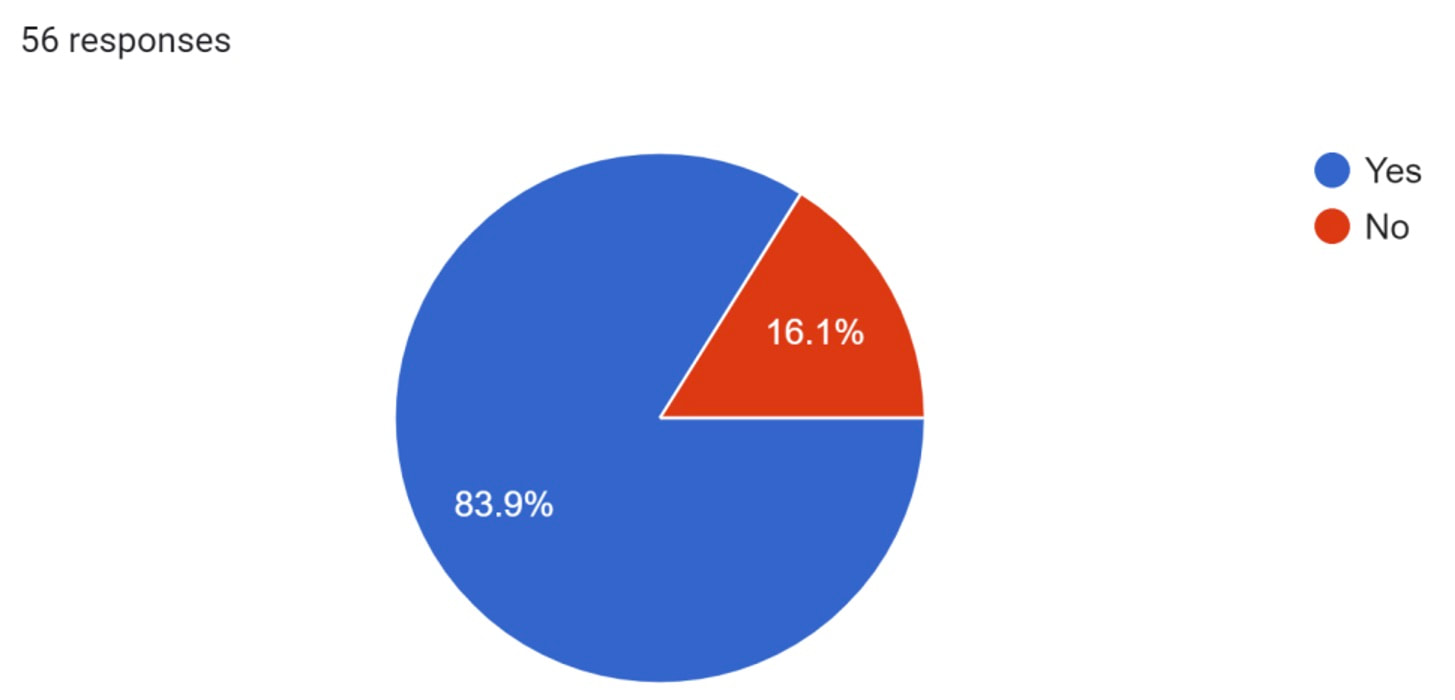
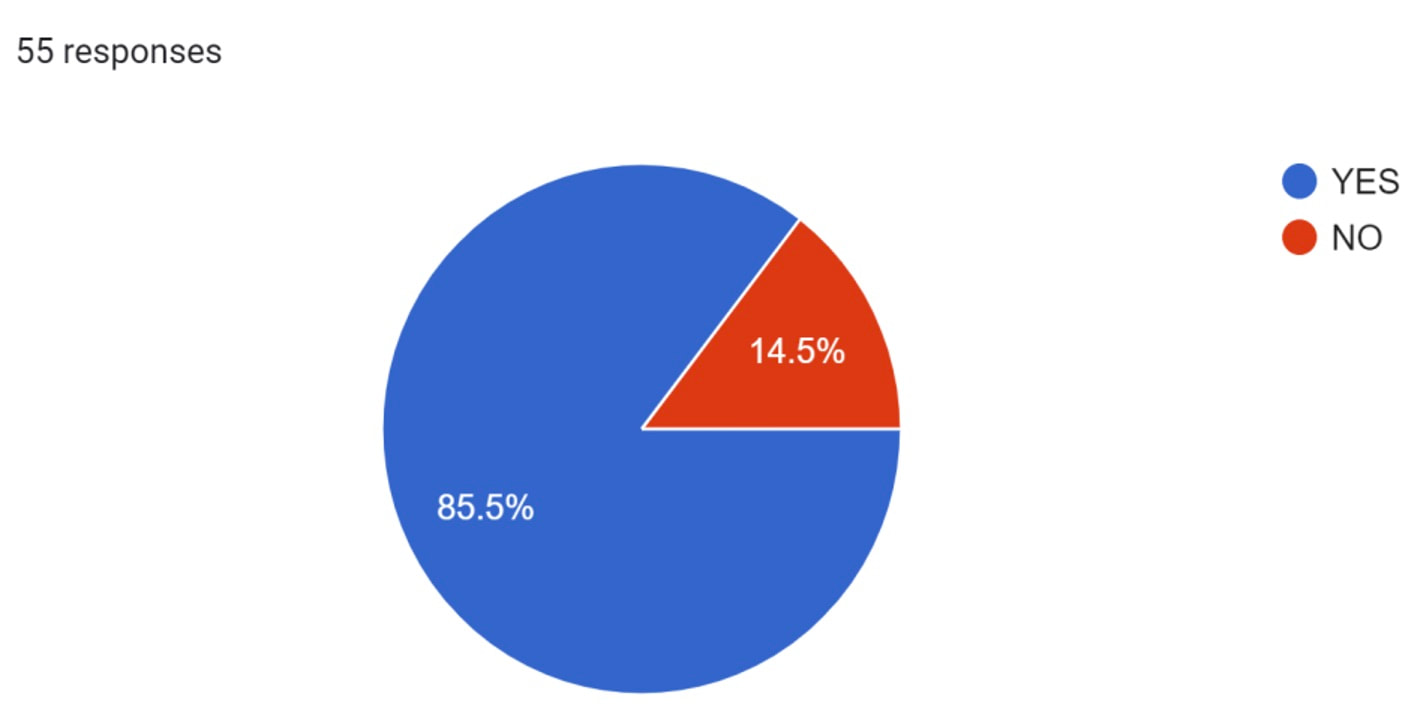
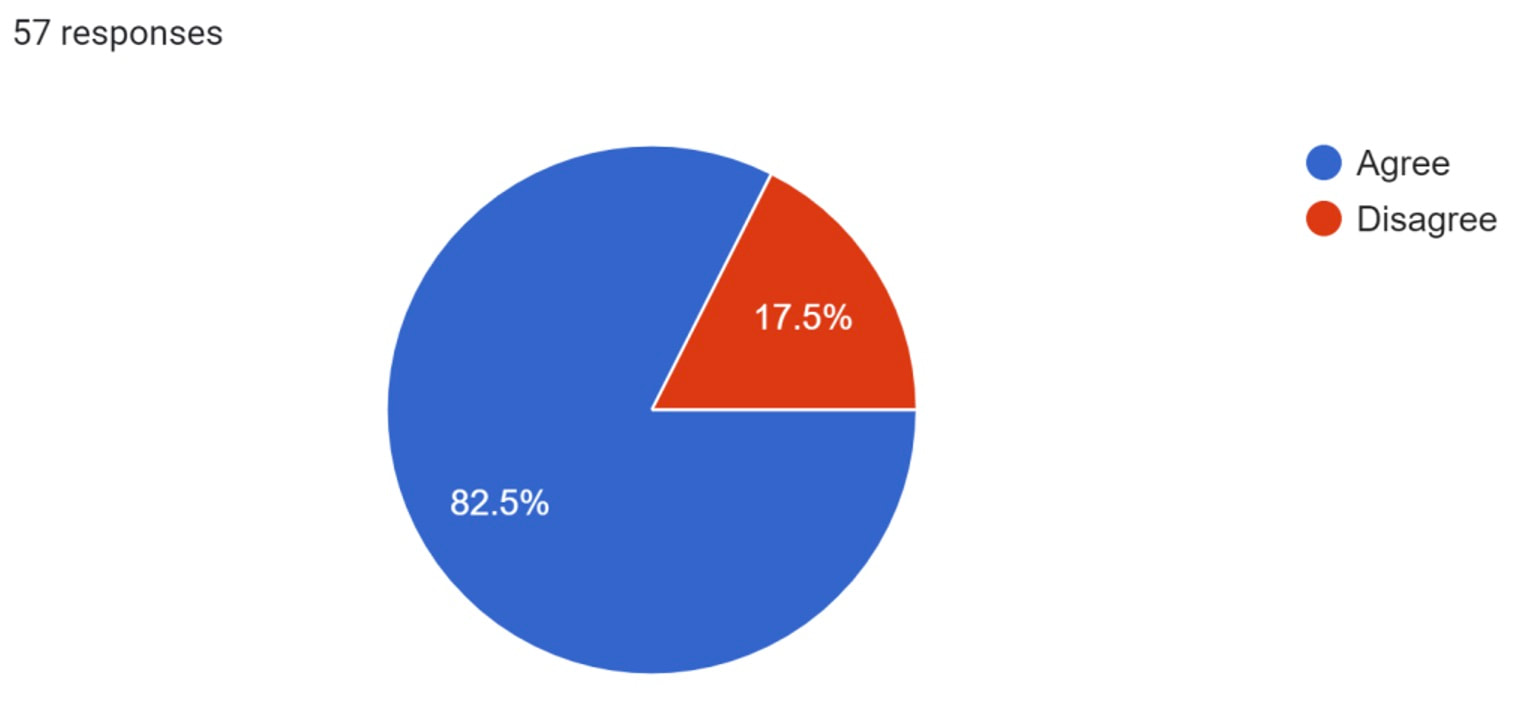
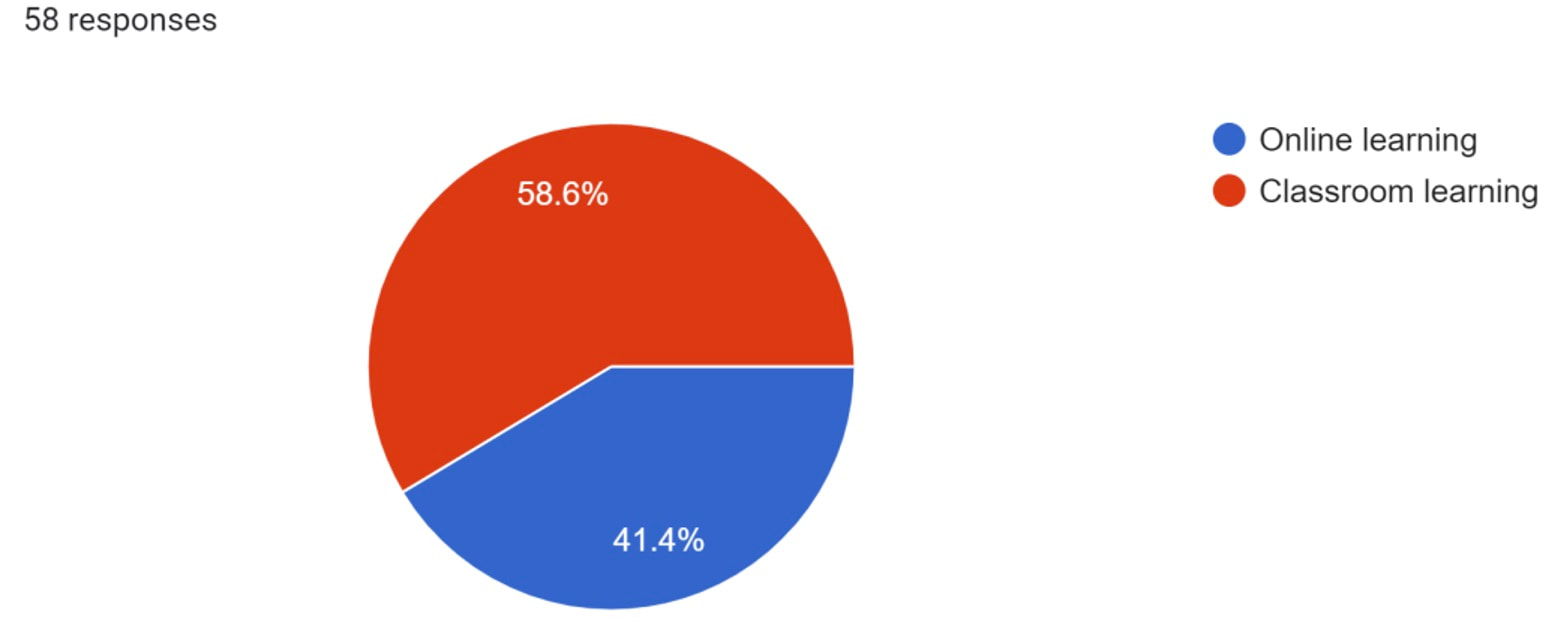

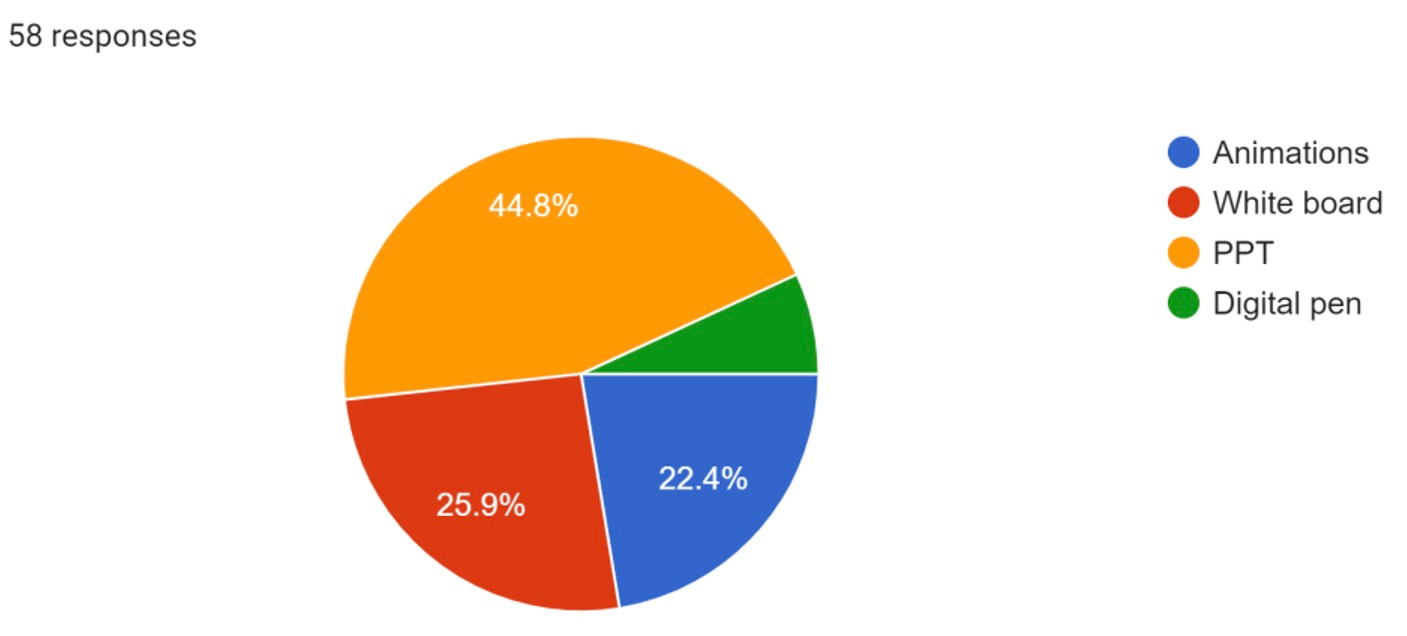
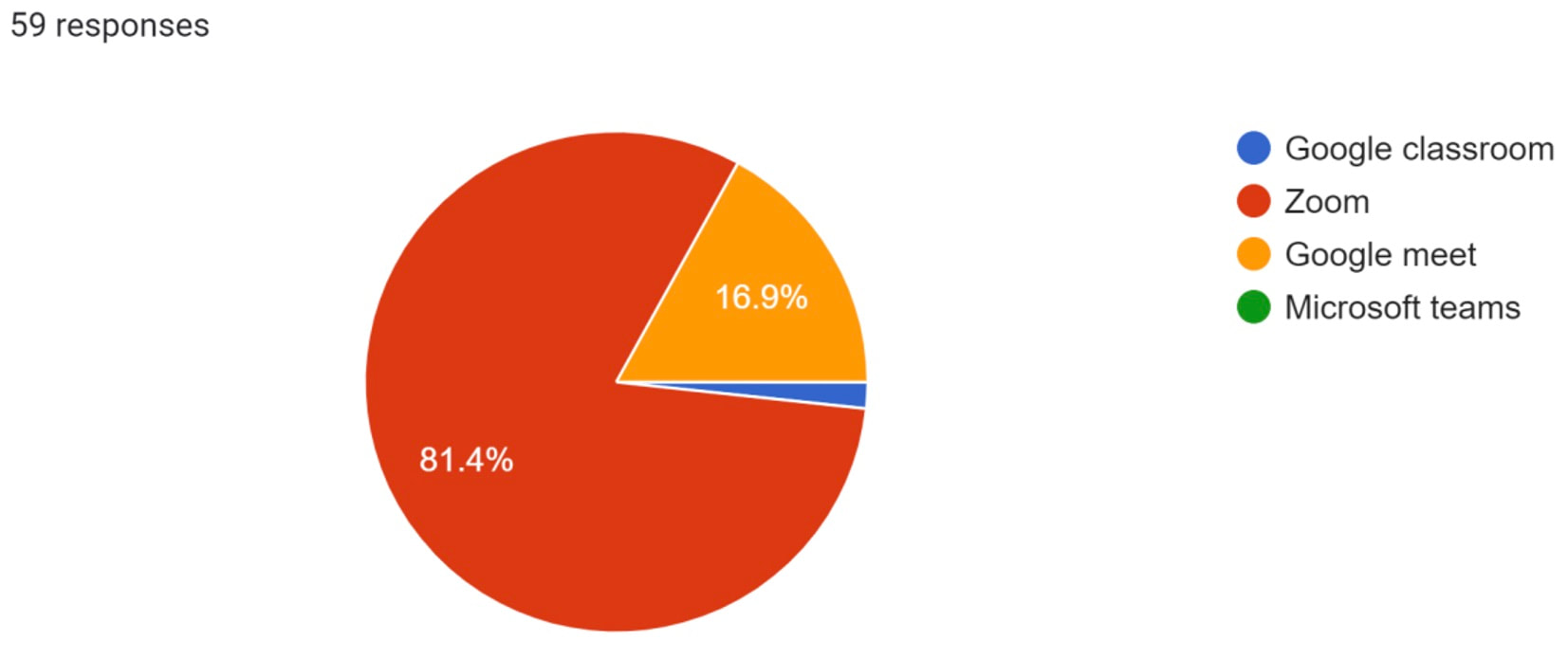

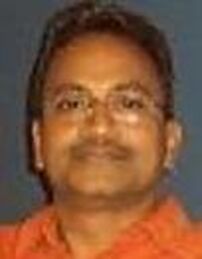
 RSS Feed
RSS Feed
